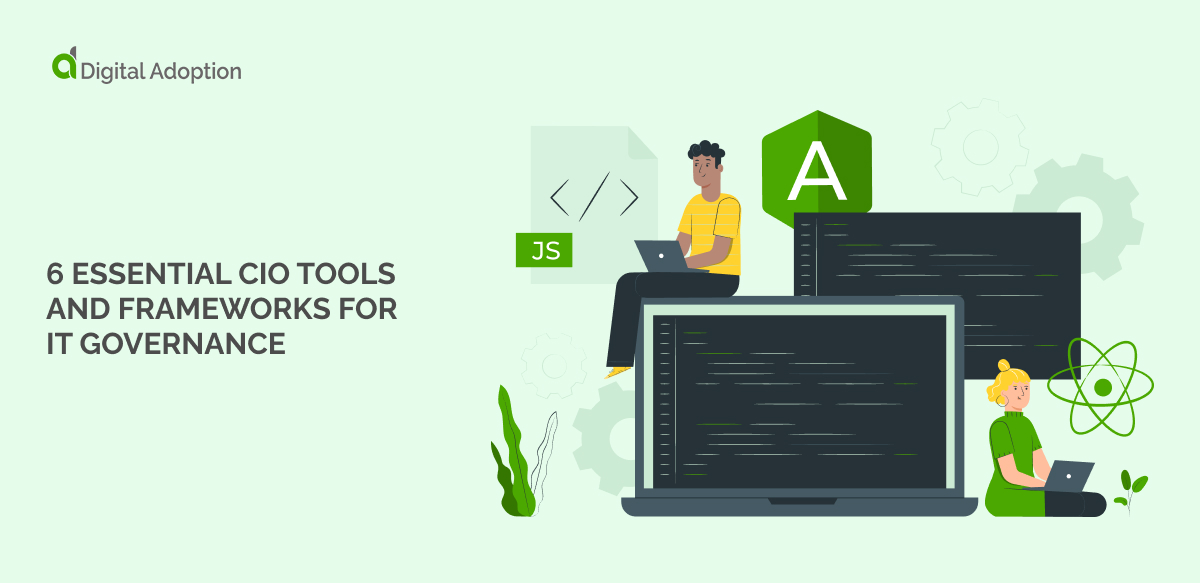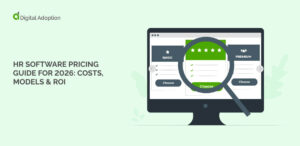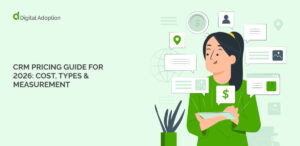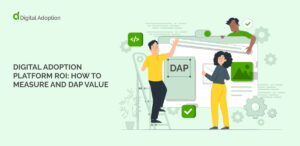A bad worker blames their tools, right? So, you need to be equipped with the best tools for the job to be the best leader for optimized service management.
CIOs have a changing role and the tools they need shift with time as approaches pivot to reaching business objectives.
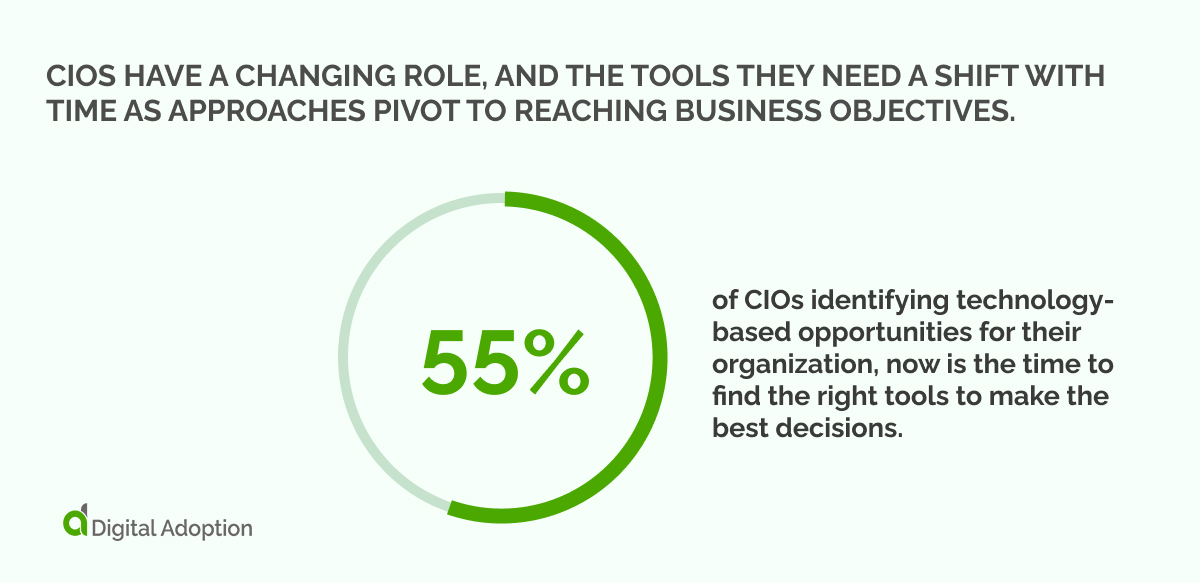
Tools and frameworks are essential to effectively adhere to governance, risk, and compliance (GRC).
To help you select the CIO tools you need for IT, we will explore the following topics:
- Why do CIOs need frameworks in their toolbox?
- Types of Business Frameworks
- 6 Essential CIO Tools and Frameworks for IT Governance
Why do CIOs need frameworks in their toolbox?
The CIO is a senior business leader who has always been responsible for IT operations and service delivery, so why do CIOs need frameworks in their toolbox?
Well, their role is transitioning from an operational executive to a strategic executive, and many CIOs identify as transformational CIOs who are adopting an ever-increasing number of duties.
They need a changing set of frameworks to deal with these new responsibilities.
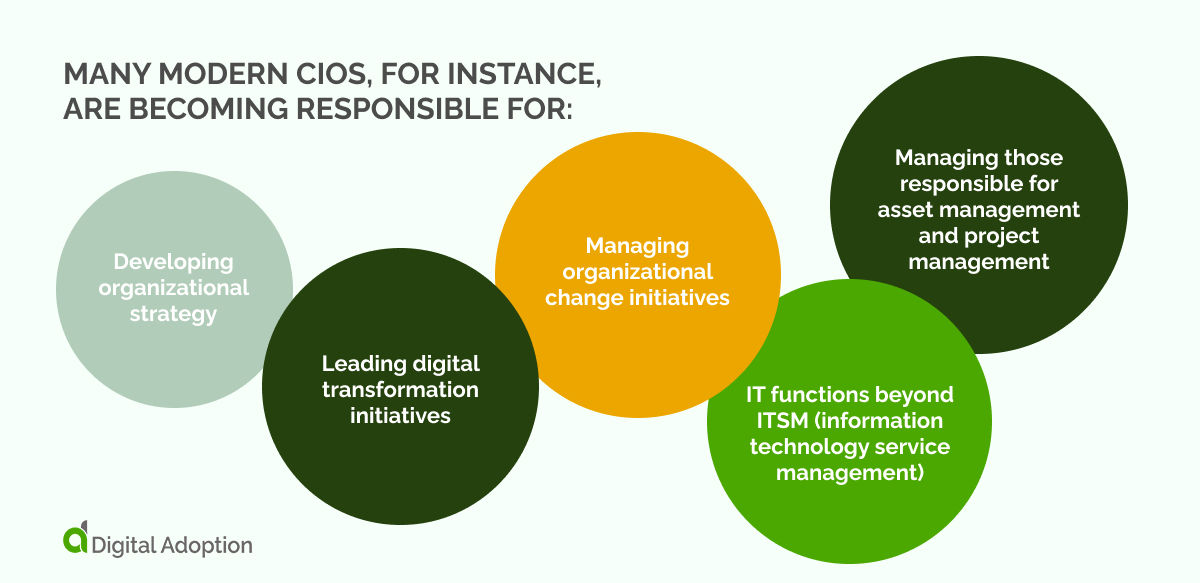
Many modern CIOs, for instance, are becoming responsible for:
- Developing organizational strategy.
- Leading digital transformation initiatives.
- Managing organizational change initiatives.
- Managing those responsible for asset management and project management.
- IT functions beyond ITSM (information technology service management).
As their responsibilities increase and they govern more and more of the organization, it is crucial to leverage the right tools and frameworks to achieve CIO objectives. Those frameworks can ensure that you meet and exceed the expectations placed upon your shoulders.
Fortunately, many tools and frameworks can guide you, as well as other IT leaders and executives. We’ll explore just a few types of those in the next section, then look at several examples.
Types of CIO tools: Frameworks and ITSM tools
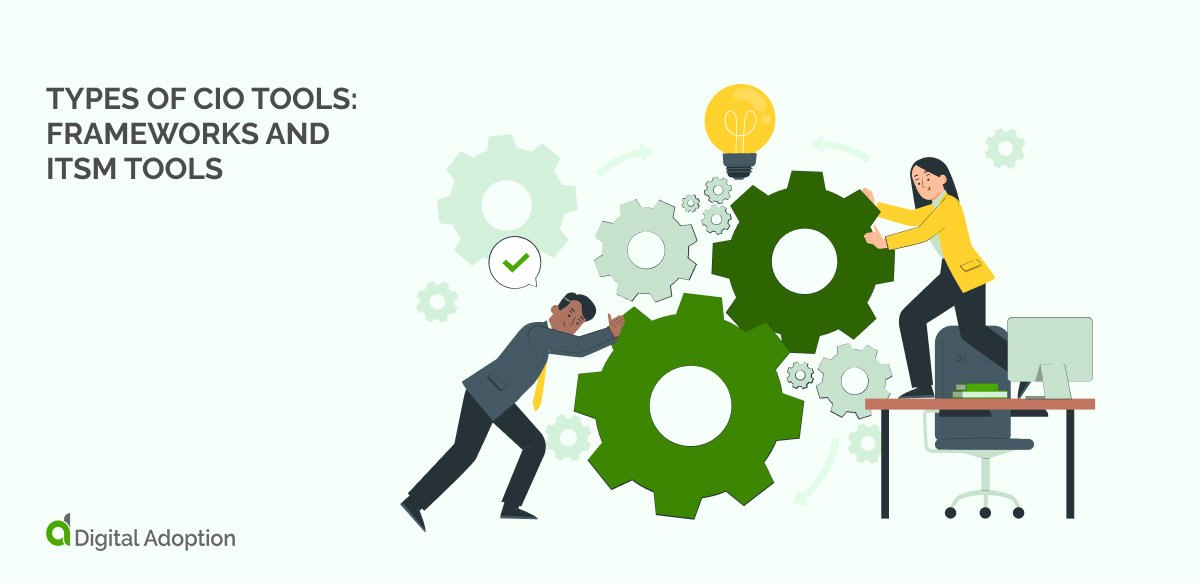
The right frameworks can offer a much-needed structure for designing and optimizing virtually any business area.
Framework types
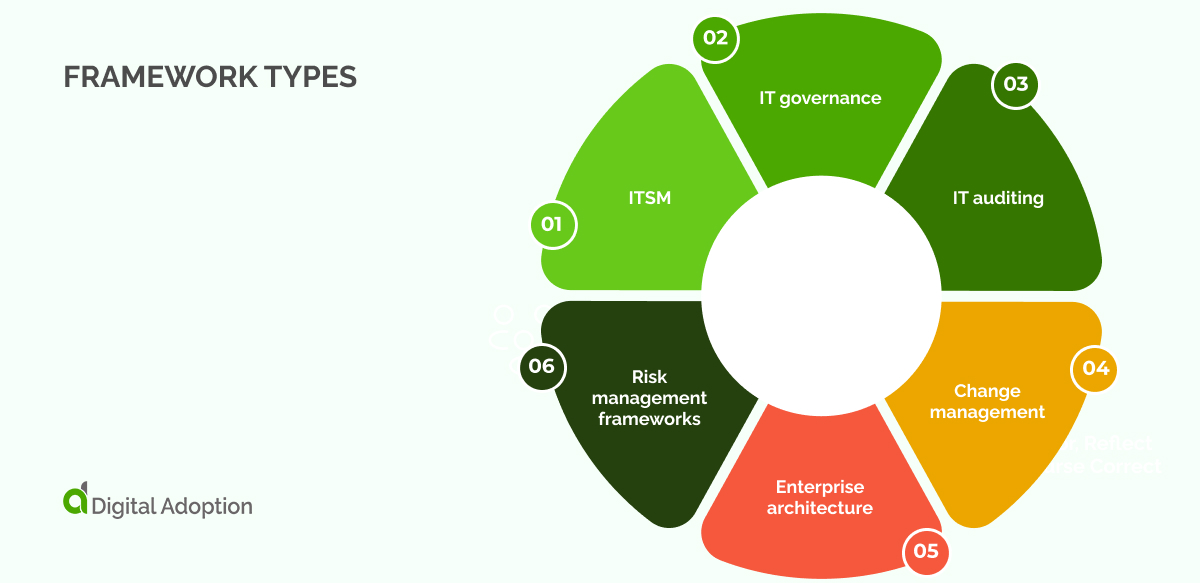
Here are several examples of framework types that can benefit the modern CIO:
- ITSM solutions offer guidelines and best practices for IT service delivery and operations.
- IT governance frameworks take a high-level approach to business and IT.
- IT auditing frameworks provide guidelines for IT auditing processes.
- Change management frameworks model the process of organizational change.
- Enterprise architecture models are designed to help business leaders build and improve enterprise architecture.
- Risk management frameworks are explicitly built to assess and evaluate risk.
These are just a few of the tools that can be used in a business context to improve performance, optimize processes, and generate better business outcomes.
ITIL tool types
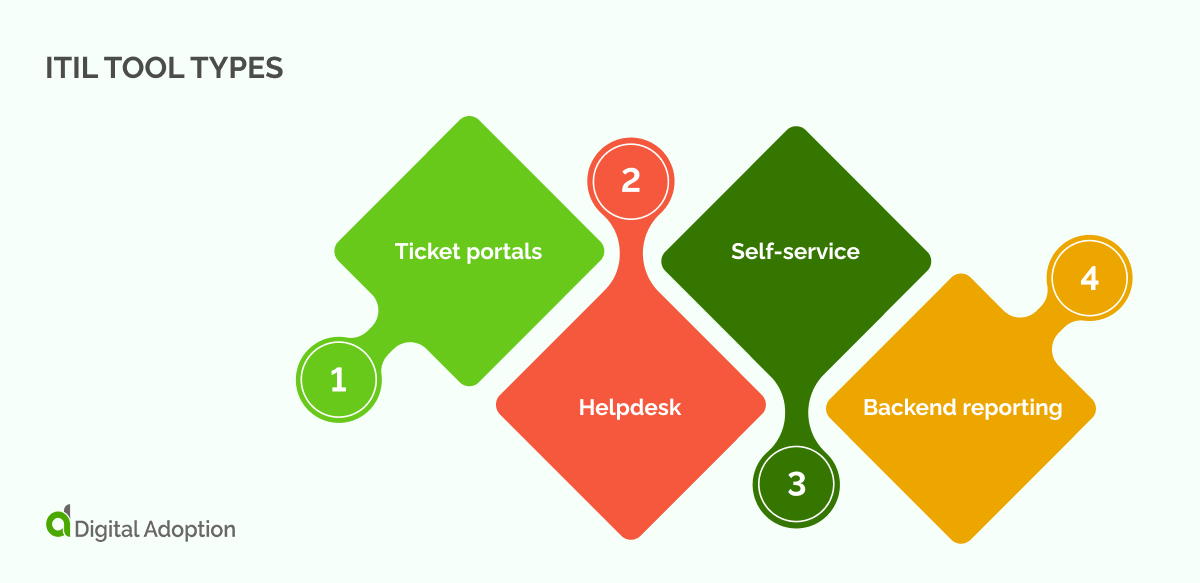
There are four main types of ITIL tools used by CIOs.
- Ticket portals: These platforms produce reports to support companies in identifying and fixing poor service before it affects the bottom line.
- Helpdesk: Helpdesk and service desk tools allow users to troubleshoot problems, track their problems, and get assistance from IT regarding services or products.
- Self-service: Contains features that reduce time wastage for IT by allowing employees to diagnose and fix some problems independently.
- Backend reporting: Allows managers to collect data on the overall team performance.
All these frameworks and ITIL tools help CIOs complete their responsibilities to help their company maintain success.
Next, we’ll look at several examples of frameworks that CIOs can leverage in their day-to-day workflows.
6 Essential CIO Tools and 6 Frameworks for IT
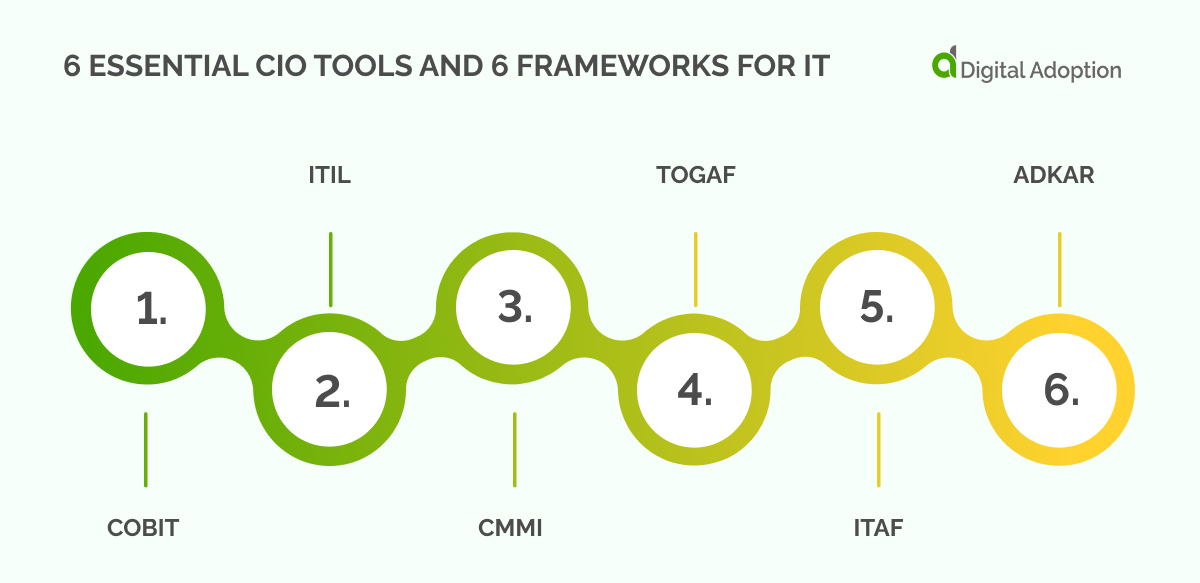
It is essential to understand these CIO tools and frameworks that focus on IT governance, IT service management, and change management.
COBIT
Control Objectives for Information and Related Technology (COBIT) is a framework that aligns IT with business goals.
This framework, developed and maintained by ISACA, is compatible with other common frameworks, such as CMMI and ITIL.
COBIT can be easily customized, but it does focus on several key areas:
- Security.
- Risk management.
- Information governance.
While COBIT is an excellent high-level tool that can be used to develop and customize policies, procedures, and processes, it is not built for low-level management. It is helpful to turn to other tools, such as ITIL.
ITIL
The IT Infrastructure Library (ITIL), developed by Axelos, is the most well-known and widely used IT service management (ITSM) framework.
ITIL covers important ITSM areas such as:
- Incident management.
- Problem management.
- IT change management.
- Service strategy, design, transition, operation, and improvement.
The ITIL framework is so widely used that it is built by default into many ITSM software platforms.
CMMI
The Capability Maturity Model Integration (CMMI) is a process improvement model developed by a subsidiary of ISACA, the CCMI Institute.
CMMI can assess a process’s maturity level and offer insights on improving that process and aligning it with the organization’s goals.
This model is designed to:
- Reduce risk.
- Streamline business processes.
- Improve organizational behavior.
- Promote team collaboration tools.
While CCMI was initially geared towards software development, it can be applied to a process or project of any scale, even an entire business.
TOGAF
The Open Group Architecture Framework, or the TOGAF Standard, is a modular framework that guides enterprise architecture planning.
This comprehensive framework focuses on high-level enterprise goals such as:
- Business architecture.
- Information technology systems architecture.
- Implementation governance.
- Architecture change management.
The TOGAF Standard, as mentioned above, is compatible with many, if not all, of the other frameworks covered here.
ITAF
The IT Audit Framework (ITAF), also developed by ISACA, is a tool for improving IT audits.
This framework covers essential stages in the audit process, including:
- Planning.
- Fieldwork.
- Risk assessment.
The best practices contained in these guidelines can ensure compliance and improve operational performance.
ADKAR
Most of the tools covered above are well-known in the IT industry and are most likely familiar to IT leaders and CIOs.
The ADKAR framework, on the other hand, is an organizational change management framework designed to streamline business transformation projects.
This model, developed by Prosci, outlines a set of steps that focus on the people side of change, such as:
- Building an awareness of the need and a desire for change.
- Providing employees with the skills and abilities they need to drive change.
- Reinforcing change.
Since CIOs are frequently in charge of business change efforts, tools such as the ADKAR model are becoming increasingly relevant as emerging technologies like generative AI (artificial intelligence like ChatGPT) threaten to shift the focus away from people to technology.
Utilize CIO tools to optimize success
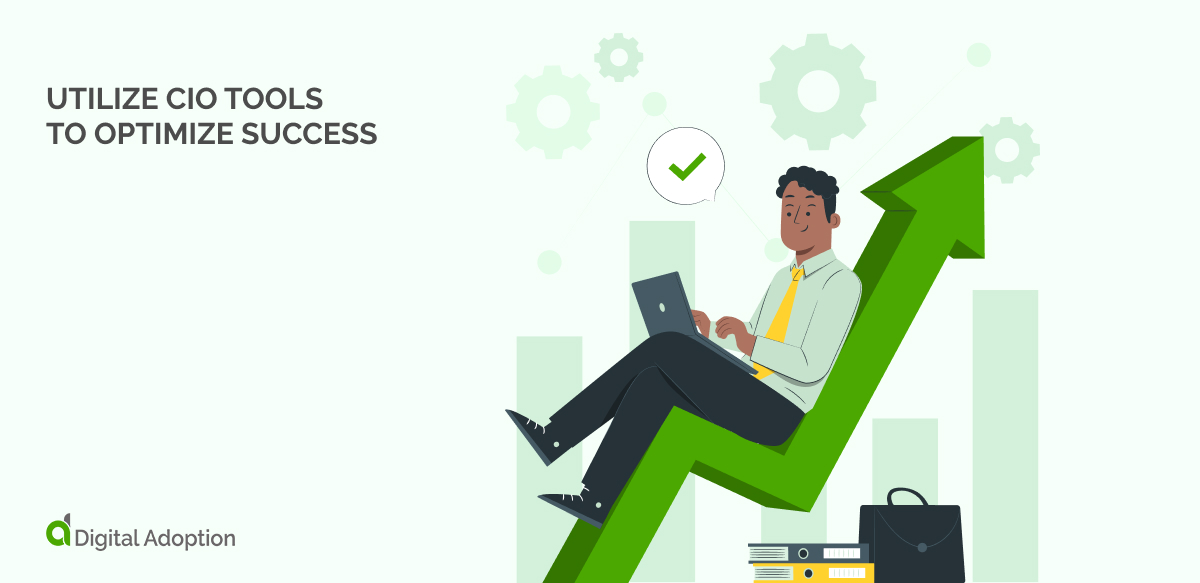
CIO tools and frameworks allow you to structure your time and approach to managing your staff, the IT department, and resources.
Whether assessing risk with CMMI or taking a deep dive into understanding the reactions of your staff to the change caused by a digital transformation, CIO tools are essential.
Ensure you equip yourself with the best frameworks appropriate for your organization to support your staff to use machine learning and other technologies to avoid repetitive tasks and hit ROI for every investment for the highest CAGR (compound annual growth rate).
People Also Ask
-
How do CIO dashboards unify data to drive real-time strategic decisions?CIO dashboards aggregate live IT KPIs from operations, security, resource allocation, and vendor performance into a single interface—enabling visibility, rapid insights, and aligned decision-making.
-
Why are advanced analytics and BI tools becoming essential CIO tools for transformation?Business Intelligence and advanced analytics enable CIOs to turn raw, historical, and predictive data into actionable insights—supporting efficiency, engagement, and informed strategic decisions.
-
When should CIOs prioritize no-code/low-code platforms to reduce technical debt?When legacy systems impede agility, no-code/low-code platforms help bridge gaps quickly—reducing technical debt and accelerating transformation deployment.
-
What if IT and security teams use separate tools—what risk does that pose for CIOs?Siloed toolsets impair visibility and responsiveness. Integrated platforms and unified dashboards are critical in aligning IT operations and security for faster, coordinated action.

 FACT CHECKED
FACT CHECKED